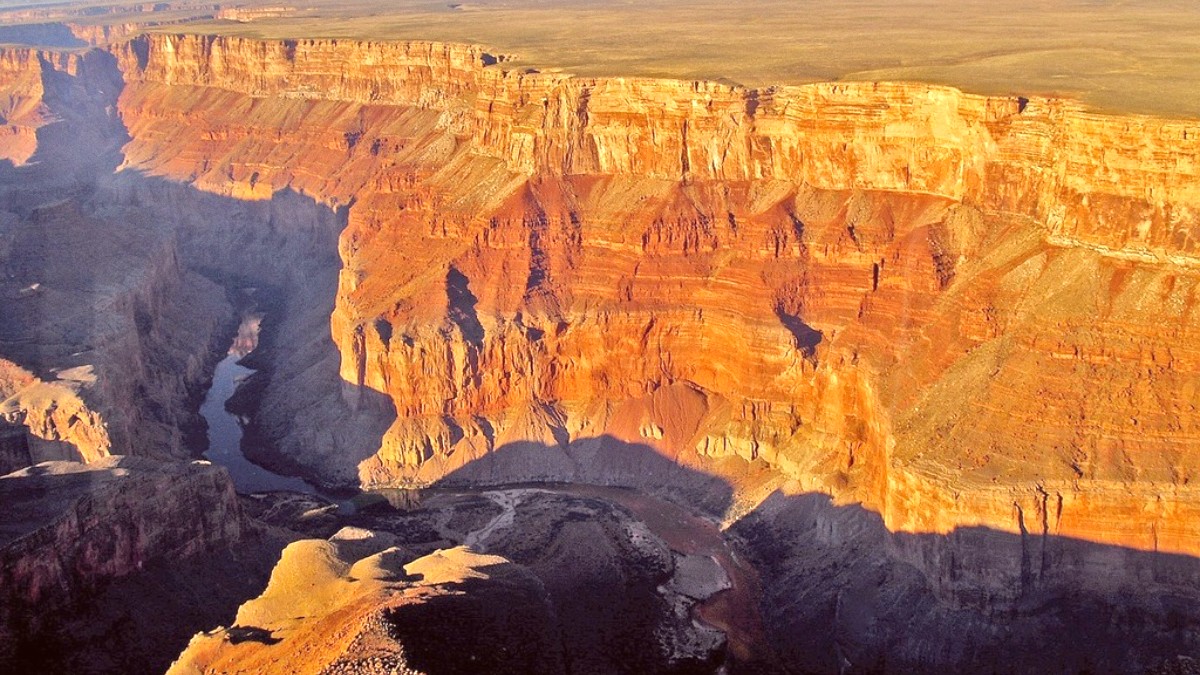
USA
Official app for U.S. National Parks. Download park content offline before arrival.
Detailed hiking trail maps and navigation. Download maps for offline use.
A reliable weather app for real-time conditions and forecasts.
For general navigation. Download offline maps of the greater Grand Canyon area.
Follow official NPS Grand Canyon accounts for real-time alerts.
Official park website (Www.nps.gov/grca/index.htm) for alerts, conditions, and services.
Official website for in-park accommodation bookings (Www.grandcanyonlodges.com).
Portal for NPS campground reservations and backcountry permits (Www.recreation.gov).
Park's official non-profit partner for educational tours and support (Grandcanyon.org).
Useful for checking real-time road conditions (Www.azdot.gov).
National Geographic Trails Illustrated Map - Grand Canyon National Park: A detailed, waterproof Map. Fodor's Inside Grand Canyon: A comprehensive Guidebook. Hiking the Grand Canyon: More detailed hiking Guides.
"Encounters with the Archdruid" by John McPhee. "The Emerald Mile" by Kevin Fedarko. "Through the Grand Canyon from Wyoming to Mexico" by Ellsworth Kolb. Reading these books deepens your appreciation.
The Grand Canyon Guide: A free newspaper available at park entrances and visitor centers. It contains current maps, shuttle schedules, and daily ranger program listings. Pick this up immediately.
Backcountry permits are mandatory for all overnight stays below the rim. Plan your itinerary carefully and stick to it. Inform someone of your plans.
Trails in the inner canyon are steep, narrow, and unmaintained in some areas. Check current trail conditions at a visitor center before descending.
Cell service is unreliable in the canyon. Consider carrying a satellite messenger or a personal locator beacon (PLB) for emergencies in remote areas.
Do not hike to the river and back in one day in summer.
Book in-park lodging, especially for high-demand options like El Tovar or Phantom Ranch (via lottery).
Book NPS campgrounds (Mather, North Rim) and apply for backcountry permits.
Book flights, rental car, and hotels in Tusayan or nearby towns.
Finalize itinerary, purchase travel insurance (World Nomads), check passport validity, and plan specific hikes.
Check weather forecast, pack clothing and gear (Eagle Creek for organizers), and download offline maps and apps.
Charge all electronics, pack essential documents, and confirm flight status.
In-park lodging (El Tovar, Bright Angel, Maswik, Yavapai, Kachina, Thunderbird, North Rim Lodge) requires booking far in advance. NPS campgrounds (Mather, North Rim) book quickly.
Backcountry permits for overnight inner canyon hikes are highly competitive and require advance application. Mule rides and helicopter tours also book months ahead.
Phantom Ranch lodging at the canyon bottom operates on a lottery system and is extremely difficult to secure without advance planning.